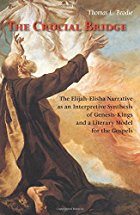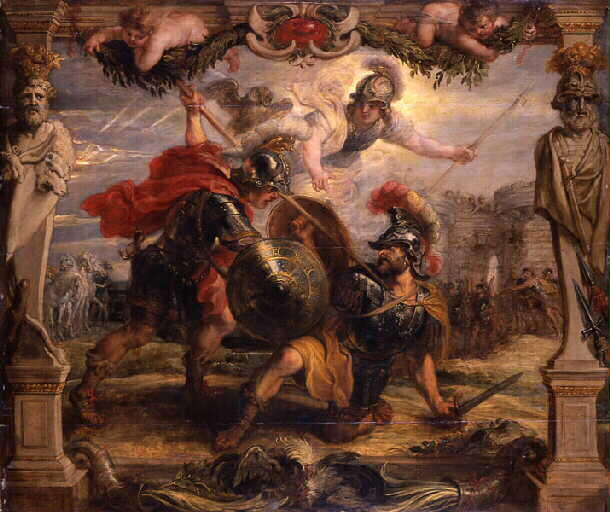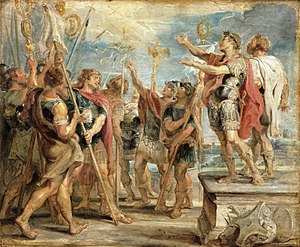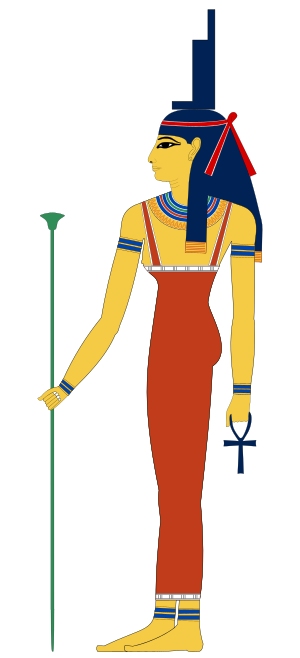 Thomas L. Brodie presents an argument that the Gospel of Mark was in its basic outline, plot and structure based on the Elijah-Elisha narrative in the Old Testament. I am not quite sure what to make of his case at times, but cannot deny its interest. I have no problem accepting that Mark used some of the miracle stories from Elijah and Elisha as templates for his Jesus miracles, but Brodie goes much further than this. His book is The Crucial Bridge: The Elijah-Elisha Narrative as an Interpretative Synthesis of Genesis-Kings and a Literary Model for the Gospels. It is published by the Order of St Benedict, Minnesota, 2000.
Thomas L. Brodie presents an argument that the Gospel of Mark was in its basic outline, plot and structure based on the Elijah-Elisha narrative in the Old Testament. I am not quite sure what to make of his case at times, but cannot deny its interest. I have no problem accepting that Mark used some of the miracle stories from Elijah and Elisha as templates for his Jesus miracles, but Brodie goes much further than this. His book is The Crucial Bridge: The Elijah-Elisha Narrative as an Interpretative Synthesis of Genesis-Kings and a Literary Model for the Gospels. It is published by the Order of St Benedict, Minnesota, 2000.
His discussion of the Elijah-Elisha narrative’s link with the Gospel of Mark consists only of ten of the last dozen pages of a 114-page book. The earlier section explains the reasons to see the Elijah-Elisha section of 1 and 2 Kings as a cohesive single narrative unit within the Primary History of Israel (Genesis-2 Kings), and also to argue that this section is a synthesis of the entire Primary History itself. I have a few questions about his overall thesis but need time to explore these. There are good reasons to opt for other models for Mark, too, and Brodie does not seem to deny this. There appear to have been a range of sources available to Mark and that potentially influenced the final mix that became his Gospel. Continue reading “The Elijah-Elisha narrative as a model for the Gospel of Mark”




 Rick has posted another constructive response,
Rick has posted another constructive response, 




